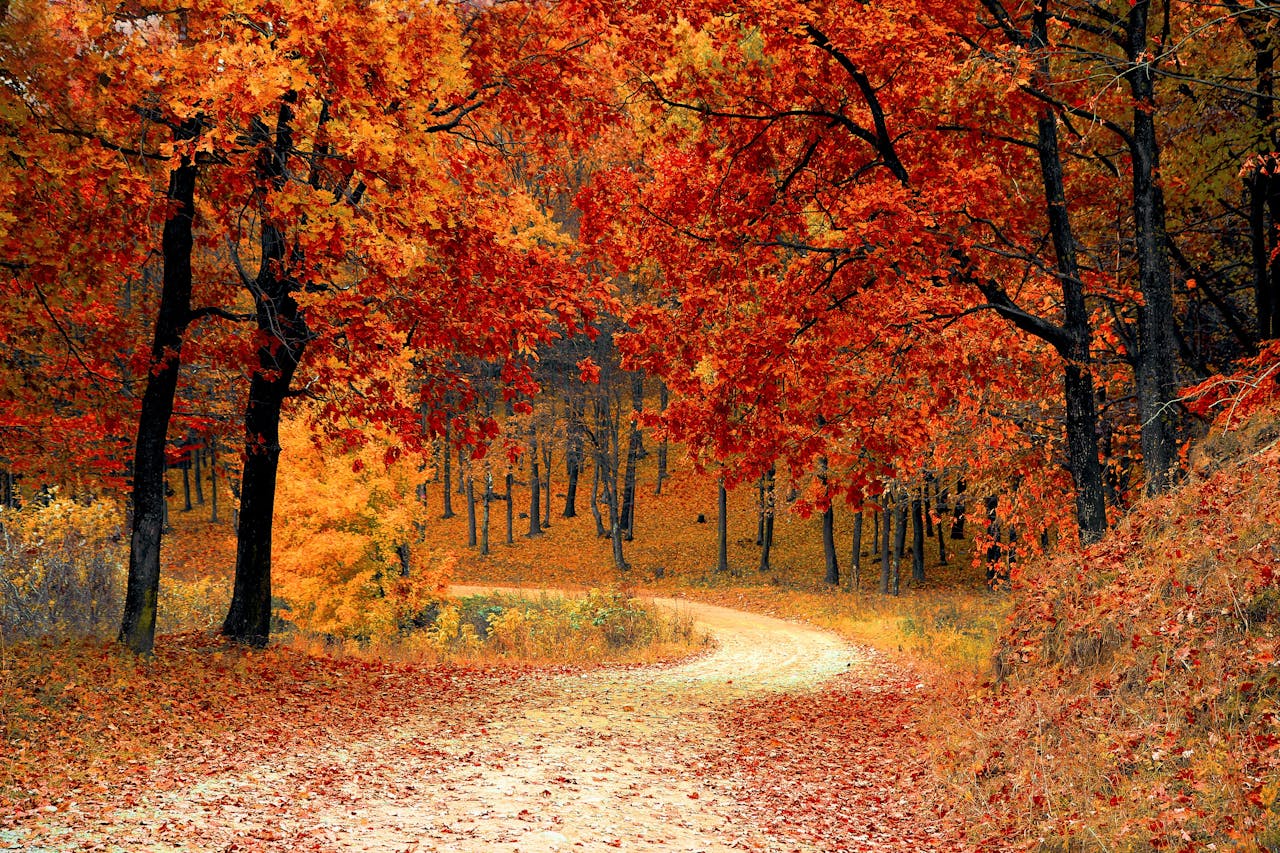Fall does not begin when the air turns crisp or when pumpkin spice shows up. It begins at a precise moment in space. In 2025, that moment lands on Monday, September 22, when the center of the Sun crosses the plane of Earth’s equator and daylight begins shrinking faster across the Northern Hemisphere. Astronomers call it the September, or autumnal, equinox. If you like exact times, set a reminder for early afternoon in the U.S.
The equinox is not just a date on the calendar. It is geometry you can feel: the Sun rising very close to due east, setting near due west, and midday sunlight striking a little lower than it did a week before. After the equinox, shadows lengthen, nights grow longer than days, and the march toward winter is officially on.
The exact date and local times in the U.S.
The 2025 autumnal equinox occurs on Monday, September 22 at 18:19 Coordinated Universal Time. Here is what that means where people live:
- 2:19 p.m. Eastern Daylight Time
- 1:19 p.m. Central Daylight Time
- 12:19 p.m. Mountain Daylight Time
- 11:19 a.m. Pacific Daylight Time
- 10:19 a.m. Alaska Daylight Time
- 8:19 a.m. Hawaii Standard Time
That single instant is the same worldwide. Time zones just label it differently. If you want to mark the season’s start, step outside around sunset that day and face exactly west. You will see the Sun drop almost straight along the east–west line of your street or trail, an equinox hallmark.
What an equinox actually is

Earth’s axis is tilted about 23.4 degrees relative to its orbit, which is why we have seasons. Most of the year, the Northern Hemisphere leans toward the Sun (summer) or away from it (winter). Twice a year, the tilt is sideways to the Sun. Those are the equinoxes, when the Sun’s apparent path crosses the celestial equator and is momentarily overhead at Earth’s equator.
On maps, you might see the time listed in UTC alongside a location note such as “over the equator in the eastern Pacific.” That is not where fall “starts,” it is just the spot on Earth under the Sun at the exact moment of crossing.
“Equal day and night” is close, not perfect
Equinox means “equal night,” but equal day and night does not happen for most cities on the exact equinox date. Two things nudge the numbers:
- Atmospheric refraction. Earth’s air bends sunlight, letting us see the Sun a bit before it actually clears the horizon and a bit after it has dipped below.
- How sunrise and sunset are defined. Almanacs use the Sun’s upper edge, not its center, which adds a couple extra minutes of daylight.
Result: the true day of equal daylight and darkness, called the “equilux,” usually falls a few days after the equinox at mid-latitudes. Many U.S. cities hit it around September 25. Do not worry if your weather app shows slightly more than 12 hours of light on the 22nd. Physics is doing what physics does.
What changes after September 22
- Faster daylight loss. In the weeks after the equinox, most U.S. locations lose roughly 2 to 3 minutes of daylight per day. That means earlier sunsets you will actually notice.
- Lower noon Sun. The Sun’s highest daily point sinks a little each day, which lengthens shadows and cools ground and water more quickly.
- Weather pattern shifts. The equinox does not flip a weather switch, but a lower-angle Sun plus longer nights help frontal systems hold together and encourage cooler mornings.
- Night sky highlights. Fall is prime time for crisp stargazing. The east shows the Great Square of Pegasus after dusk, the Milky Way arches high in darker places, and bright planets return to evening hours as the season progresses.
Common myths, corrected
You can balance an egg only on the equinox. You can balance an egg any day with patience and a rough shell. The equinox does not change gravity.
Day and night are exactly 12 hours everywhere on Earth. Close, but not exact. Refraction and the sunrise definition add a few minutes of apparent daylight.
The first day of fall is the same as meteorological fall. Meteorologists group seasons by whole months for climate stats. Meteorological fall begins September 1. Astronomical fall begins at the equinox.
Easy ways to mark the day

- Find due east and due west. Use sunrise and sunset on the equinox to line up a garden row or photography spot for the season.
- Make a shadow stick. Stand a stick upright at noon local time and trace its shortest shadow. Compare it again in October and November to see the Sun’s changing height.
- Plan a golden hour walk. Post-equinox sunsets arrive earlier, which makes after-school or after-work light ideal for a short hike or photo loop without getting home late.
- Sky check at dusk. Look for the nearly straight line of the ecliptic crossing the horizon. The geometry is especially clean around the equinox.
Why the exact time varies year to year
The date and time drift because our calendar approximates the tropical year. Leap years partly correct that drift, but do not lock the equinox to a single date. In modern times the September equinox usually falls on the 22nd or 23rd. In 2025 it is the 22nd; in other years it may shift by hours into the 23rd. Precision sources publish the moment years in advance, so schools, observatories, and newsrooms can list it confidently.
Quick planner for your fall
- Sunrise and sunset planning. Shorter days sneak up. If you hike or bike home, pack a light and a warmer layer sooner than you think.
- Garden and lawn transitions. Cooler nights reduce evaporation, so you can dial back watering schedules and start cool-season planting in many regions.
- Trip timing. National parks and foliage routes get busy fast in late September and October. Reserving earlier and watching weekday windows pays off.
- Stargazing. Crisp air means sharper views. Put meteor showers and bright-planet dates on your calendar, then find the darkest safe spot within reach.
References
- NASA, “What’s Up: September 2025” and equinox explainer (published Sept 2025 and Mar 2025): https://science.nasa.gov/solar-system/whats-up-september-2025-skywatching-tips-from-nasa/ and https://science.nasa.gov/solar-system/skywatching/night-sky-network/embracing-the-equinox/ NASA Science+1
- U.S. Naval Observatory, Earth’s Seasons data service, 2025 table confirming Sept 22, 18:19 UTC: https://aa.usno.navy.mil/data/Earth_Seasons and https://aa.usno.navy.mil/calculated/seasons US Naval Observatory+1
- timeanddate.com, local times for the September 2025 equinox (18:19 UTC; 2:19 p.m. EDT): https://www.timeanddate.com/calendar/september-equinox.html Time and Date
- Washington Post weather desk, equinox timing and daylight-loss context (Sept 20, 2025): https://www.washingtonpost.com/weather/2025/09/20/fall-equinox-night-sky-stargazing-guide/ The Washington Post


